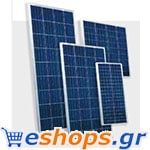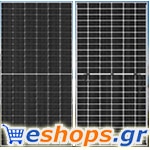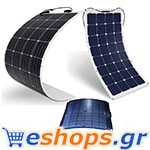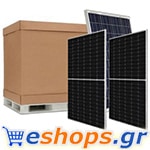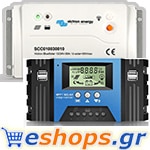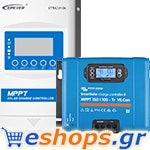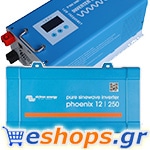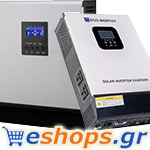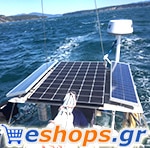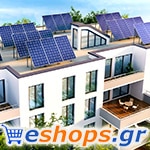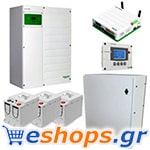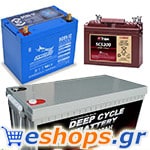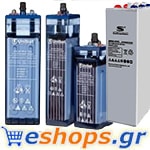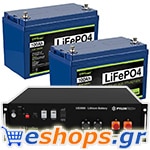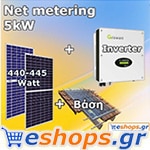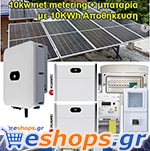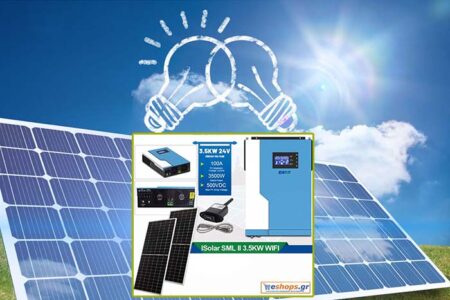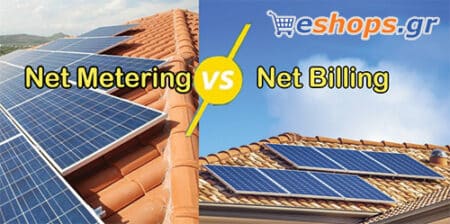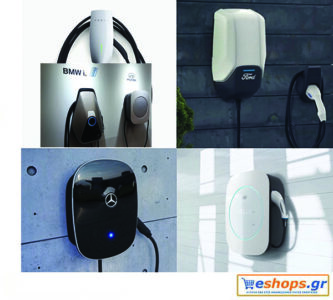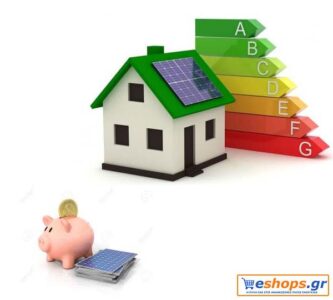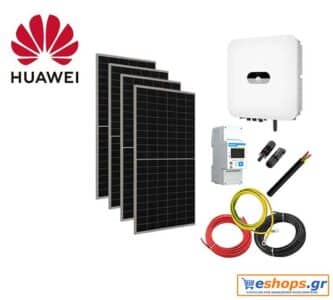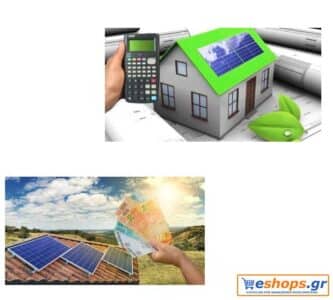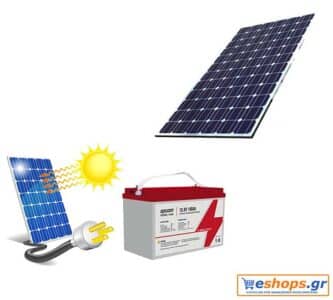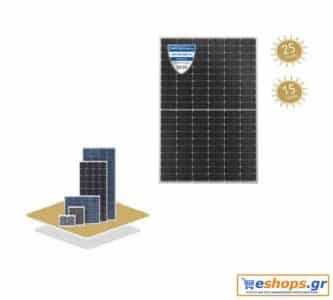Photovoltaic- Interactive or hybrid solar systems
Photovoltaic- Interactive or hybrid solar systems:
How does a solar photovoltaic system work?
The huge thermal energy of the sun makes it a very attractive source of energy. This energy can be converted directly into direct current and heat. THE solar power is a clean, abundant and inexhaustible renewable energy source on earth. Solar panels or solar photovoltaic systems using panels (SPV panels) are mounted on roofs or on solar farms so that sunlight falls on the solar photovoltaic panels to facilitate the reactions that convert solar energy into electricity.
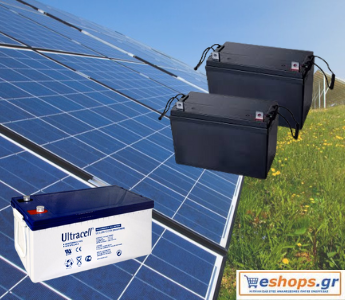
Photovoltaic- Interactive or hybrid solar systems
Solar energy can be used to power individual buildings, as well as on an industrial scale. When used on a small scale, the extra power can be stored in batteries or supplied to the mains. Solar energy is unlimited, the only limit is our ability to convert it into electricity in a profitable way. Tiny solar photovoltaic panels power computers, games and telephone booths
Interactive or hybrid solar photovoltaic systems connected to the network
There is another system where we can supply power to the grid system. We can save money when we need it or get back the energy we provide.
Solar PV systems without battery storage - interactive or mains connected (hybrid)
These SPV systems generate solar energy and internal power loads and the local power distribution system. The components of this type of SPV system are (a) SPV panels and (b) converters. A grid-connected system is similar to a conventional power system, except that part or all of the power comes from the sun. The disadvantage of these systems without battery storage is that they do not have power during a power outage.
Advantages: Hybrid (hybrid) solar photovoltaic systems do not require battery storage
It is the cheapest system with negligible maintenance costs
the system produces more electricity than domestic demand, the extra energy is exchanged with the utility grid.
Online systems are more efficient because they do not involve batteries.
Higher voltage means smaller cable size.
The approximate cost of grid-connected rooftop solar systems in 2018-19 ranges from Rs 53 per watt to Rs 60 per watt.
Interactive or networked (hybrid) solar photovoltaic systems with battery storage
This type of solar photovoltaic system is connected to the grid and is eligible for government incentives, while reducing utility bills. At the same time, in case of power failure, this system will make backup power. Battery-based grid-based systems provide power during power outages and can store energy for use in emergencies. Basic loads such as lighting and appliances also have backup power in the event of a power failure. People can also use energy during peak times because the energy is stored in the battery for future use.
The main disadvantage of this solar photovoltaic system is that it costs more than a basic grid-connected system and is less efficient. Accessories are also added. Adding batteries also requires a charge controller to protect them. There should also be a subpage with significant loads to back up. The system does not support all loads used by a home network. Critical load required during power failure. Isolated on a backup subkey.
